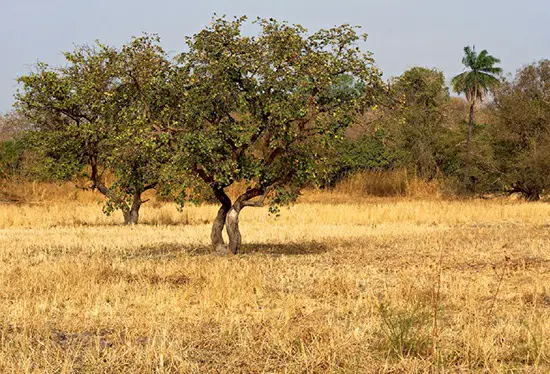The savanna, a crucial ecosystem on our planet, presents a unique blend of grasslands interspersed with sparse woodlands. This ecological zone, defined by its mix of grasses and non-densely spaced woody plants or trees, allows ample sunlight to nourish a diverse range of flora. Savannas are found globally, in various forms like tropical, subtropical, temperate, Mediterranean, and montane, each shaped by their distinct climatic and geographical features.
A characteristic feature of savannas is their variable rainfall patterns, often marked by monsoonal climates and periodic droughts. These environmental conditions, coupled with frequent natural wildfires, play a pivotal role in maintaining the savanna’s ecological balance. Historically, indigenous peoples have utilized fire as a tool to promote savanna expanses, enhancing the land’s suitability for hunting, gathering, and grazing.
The biodiversity of savannas is as rich and varied as any other biome. They are home to a plethora of species, including iconic large herbivores and carnivores like zebras, giraffes, elephants, and lions, especially in renowned regions like Tanzania’s Serengeti Plains. Alongside these well-known inhabitants, savannas support a wide array of plants, mammals, birds, amphibians, and insects, necessitating active environmental monitoring and management.
Human interaction with savannas dates back to prehistoric times, often using these lands as pastures and rangelands for domesticated animals such as cattle, sheep, and goats. This interaction underlines the savannas’ significant role in local and regional economies.
An example of concerted efforts to protect these ecosystems is seen in northern Australia’s “Kimberly to Cape Initiative,” established in 2013. This initiative represents a collaboration between governmental and non-governmental entities, aiming to preserve one of the world’s largest expanses of undeveloped tropical savanna. The project underscores the importance of savannas and highlights the need for sustainable management and advocacy for these dynamic ecosystems.

